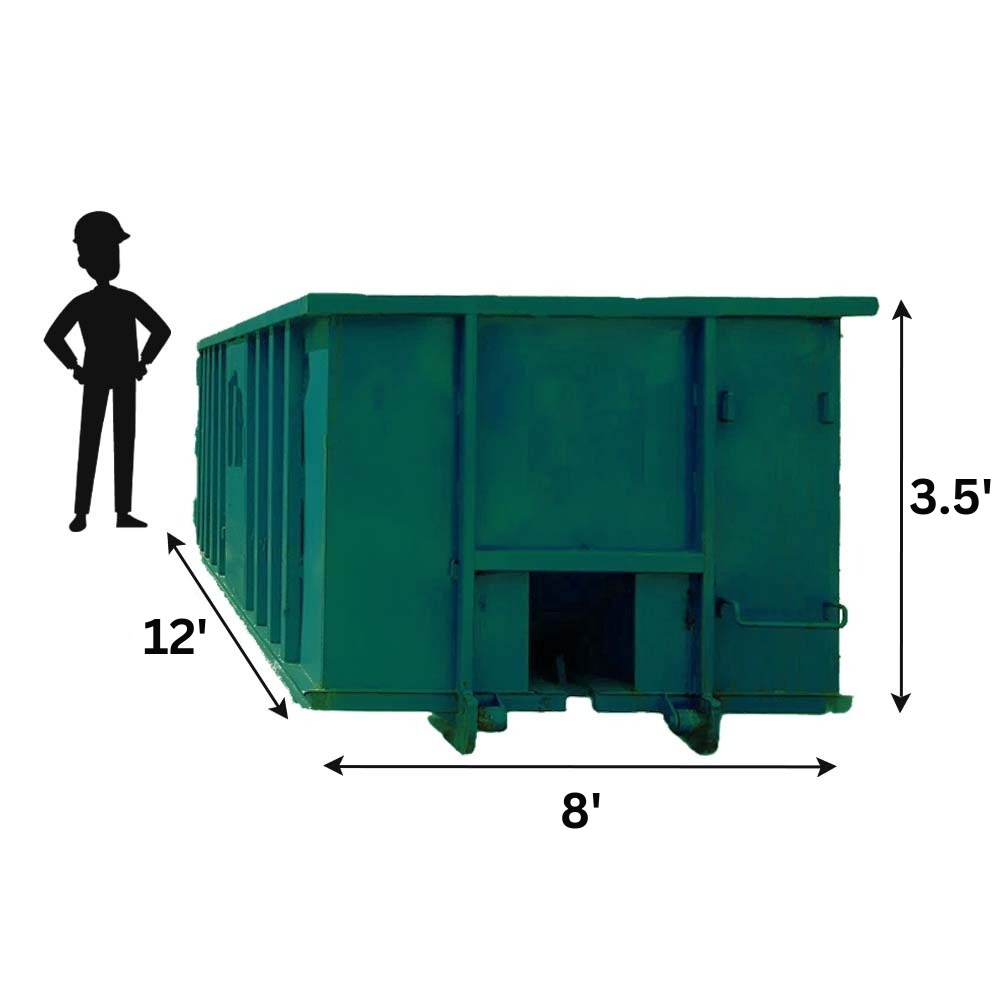When renting a dumpster, three key factors to consider can make all the difference: selecting the appropriate dumpster size, understanding debris type and disposal regulations, and guaranteeing proper placement and availability logistics. Dumpster dimensions vary from 10 to 40 backyards, with 20-yard dumpsters being the most prominent option, while particles types and disposal laws differ regionally, needing special handling for materials like asphalt tiles and concrete. By carefully reviewing these aspects, you can avoid penalties, environmental damage, and logistical headaches, and uncover how these factors to consider can be skillfully browsed with the ideal assistance and support.
Choosing the Right Dumpster Size
Every effective waste monitoring project starts with choosing the right dumpster size This essential step warranties that waste is efficiently collected and disposed of, reducing the risk of overflow and unsightly messes.
The right dumpster dimension also aids avoid unnecessary costs connected with constant draining or replacement. To figure out the excellent dumpster size, think about the scope of your project, consisting of the quantity and sort of waste generated.
Typically, dumpster sizes vary from 10 to 40 lawns, with 20-yard dumpsters being one of the most popular choice. A 10-yard dumpster appropriates for small jobs, such as restroom remodels or backyard cleanings, while larger dumpsters are much better matched for building websites or big business projects.
It's necessary to talk to a waste monitoring expert to identify the most suitable dumpster size for your details needs. By doing so, you can guarantee a seamless waste administration procedure that fulfills your task's one-of-a-kind requirements.
Debris Kind and Disposal Regulations
Selecting the best dumpster size is only half the battle; recognizing the debris type and disposal regulations https://squareblogs.net/piedmonttriaddumpsters/enhancing-your-dumpster-rentals is important to ensuring a successful waste administration job. Various sorts of particles, such as construction materials, home waste, and hazardous materials, have specific disposal requirements. Recognizing what can and can not be put in the dumpster is basic to preventing costly penalties and environmental damage.
Disposal policies vary by area, so it's important to acquaint on your own with local laws and guidelines. For instance, some locations have particular guidelines for getting rid of electronic devices, batteries, or fluorescent light bulbs. In addition, some materials, such as asphalt shingles or concrete, might call for special delivery and disposal.
Understanding particles kind and disposal policies can additionally help you choose the appropriate dumpster rental solution. Try to find carriers that offer specialized dumpsters for certain sorts of waste, such as building and construction dumpsters or recycling dumpsters

Placement and Ease of access Logistics
Proper positioning and accessibility of dumpsters are vital components of a successful waste management project This includes verifying the dumpster is situated in a convenient location that allows for easy loading and discharging of particles. In addition, the dumpster must be positioned on a flat, steady surface to stop it from toppling or moving throughout use.
Accessibility is additionally essential, as it impacts the performance of the waste administration process. The dumpster must be positioned in such a way that enables clear access, minimizing the threat of crashes or injuries. Furthermore, the dumpster needs to be conveniently accessible for the waste management group to collect and transport the debris.
It is necessary to take into consideration the size of the dumpster and the offered space at the job site. The dumpster should fit pleasantly in the designated area, leaving enough area for workers to move it safely.